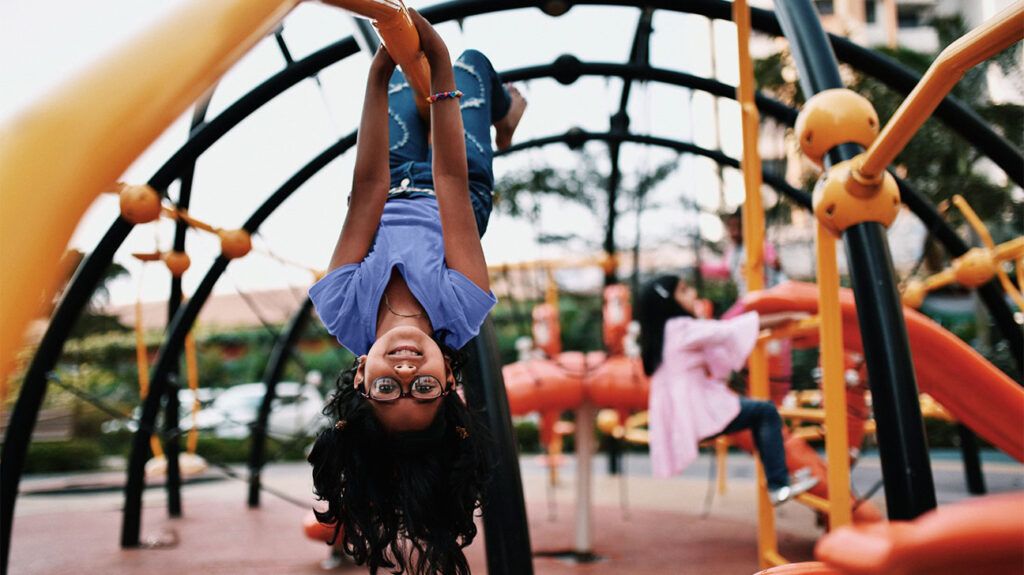“Polyarthritis” and “oligoarthritis” describe the number of joints involved in arthritic conditions, such as juvenile idiopathic arthritis. Polyarthritis affects five or more joints, and oligoarthritis affects two to four joints.
Doctors typically use the terms polyarthritis and oligoarthritis to describe two types of juvenile idiopathic arthritis. However, doctors may also use them to describe other types of arthritis that affect multiple joints.
Juvenile idiopathic arthritis occurs in adolescents and children under the age of 16. It causes joint inflammation, leading to swelling, pain, stiffness, and loss of mobility in the affected joints.
This article discusses polyarthritis and oligoarthritis, two juvenile idiopathic arthritis subtypes, in more detail. It describes possible symptoms, causes, and treatments.

Both types of juvenile idiopathic arthritis can present similar symptoms, but each has some distinguishing features.
In general, both
Both
The inflammation associated with the conditions may cause growth issues. Bones near affected joints may grow slower or faster, leading to one leg or arm becoming shorter or longer than the other.
Polyarthritis
Polyarthritis is the medical term describing arthritis that affects
Two subtypes of juvenile idiopathic arthritis are polyarthritis, rheumatoid factor negative, and polyarthritis, rheumatoid factor positive. The presence of rheumatoid factor can increase the risk of a child developing rheumatoid arthritis at a different point in their lifetime.
Children who receive a diagnosis of either of these subtypes experience joint involvement in five or more joints in the first 6 months from diagnosis. It causes persistent swelling, pain, stiffness, and warmth in the affected joints.
Other symptoms may include:
Oligoarthritis
Oligoarthritis is a type of juvenile idiopathic arthritis that affects
It often involves lower joints, such as the knees and ankles. People may be more likely to develop uveitis with oligoarticular juvenile idiopathic arthritis.
The exact cause of juvenile idiopathic arthritis is unknown. Idiopathic refers to a condition that occurs for unknown reasons or spontaneously.
Some researchers
Regardless of the underlying cause, experts know that the immune system in children living with juvenile idiopathic arthritis
Polyarthritis
Polyarticular juvenile idiopathic arthritis often affects joints on both sides of the body. It may involve both small and large joints.
Polyarthritis affects about 25% of individuals with juvenile idiopathic arthritis, according to the Arthritis Foundation.
The exact cause is unknown.
Oligoarthritis
Oligoarthritis is the most common type of juvenile arthritis, accounting for about 40 to 50% of all cases.
As with polyarthritis, the underlying cause of this type of arthritis is unclear.
Treatments
Medications
For many years, nonsteroidal anti-inflammatory drugs (NSAIDs) were the gold standard and initial pharmaceutical option for all subtypes of juvenile arthritis. However, more aggressive treatment options, such as methotrexate and biologics, have decreased the use of NSAIDs more recently.
Other pharmaceutical options healthcare professionals
- disease-modifying anti-rheumatic drugs (DMARDs), which help suppress the immune system and control inflammation
- corticosteroids, typically in the form of injections, which provide rapid relief for inflammation and swelling in affected joints
- biologic response modifiers, which block specific immune system pathways that cause inflammation
- other anti-inflammatory and pain medications
Medications can cause side effects. Caregivers will need to watch for side effects or discuss any unusual symptoms their child experiences with them.
Discussing side effects with a healthcare professional can help guide treatment decisions and allow them to make changes as needed.
Physical therapy
In addition to pharmaceutical treatments, healthcare professionals may recommend physical therapy. This can help with the following:
- maintaining or regaining range of motion
- reducing discomfort
- improving strength
Doctors may diagnose juvenile arthritis if a child or adolescent under the age of 16 experiences symptoms for
Parents or guardians will need to monitor how their child is feeling and contact a pediatrician or other healthcare professional if their child reports ongoing joint pain. It is also necessary to contact a doctor if a child:
- does not show signs of reduced symptoms with treatment
- complains about side effects from medications
- develops new symptoms
Arthritis resources
To discover more evidence-based information and resources for arthritis, visit our dedicated hub.
Polyarthritis and oligoarthritis are two forms of juvenile idiopathic arthritis. The terms refer to the number of joints involved, though slight differences exist between each subtype.
Oligoarthritis involves two to four joints and is the most common form of juvenile arthritis. Polyarthritis affects five or more joints. It may involve rheumatoid factors, which can make a child more likely to develop rheumatoid arthritis later in life.
Both forms involve similar treatment methods and can cause similar symptoms, such as joint pain, swelling, and stiffness. Both occur because the immune system attacks the joints, but it is unclear what triggers the attacks.
People need to speak with a doctor if a child in their care develops any symptoms of polyarticular or oligoarticular juvenile idiopathic arthritis.
